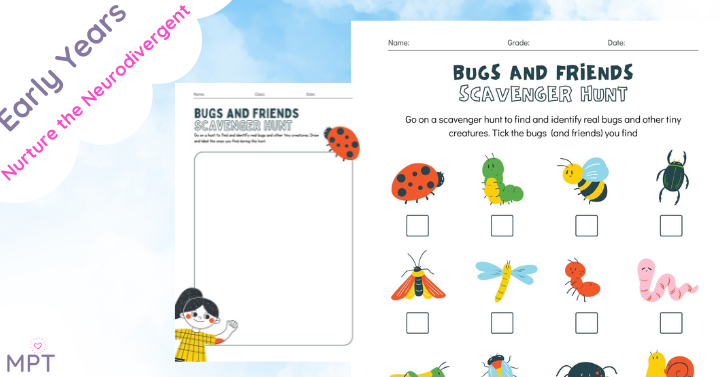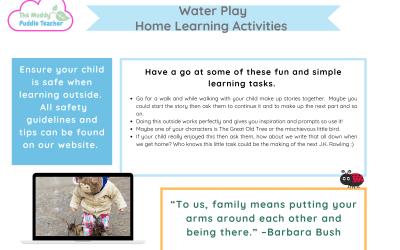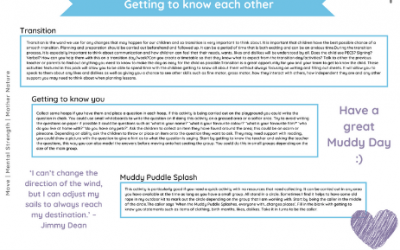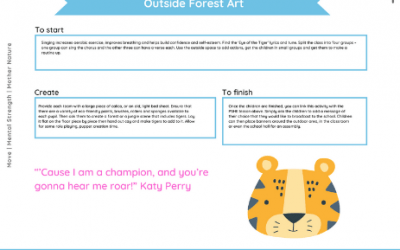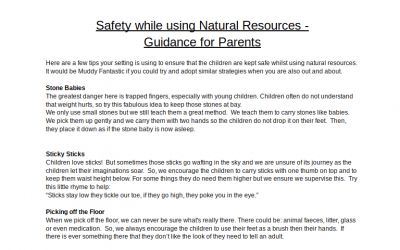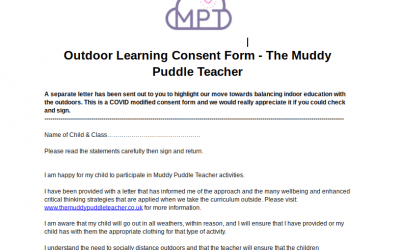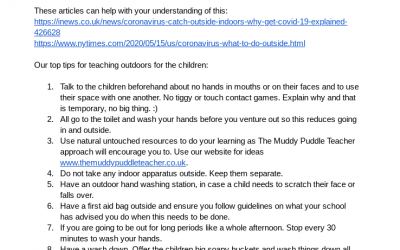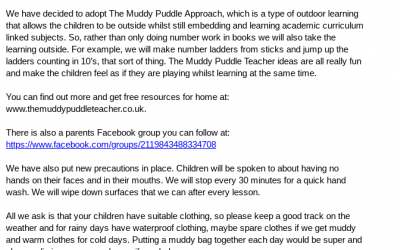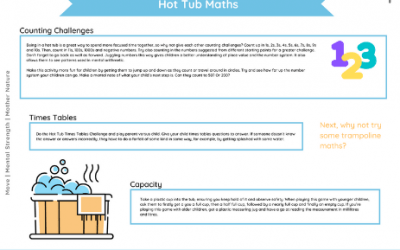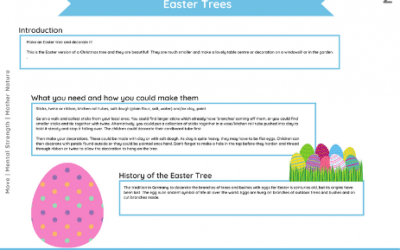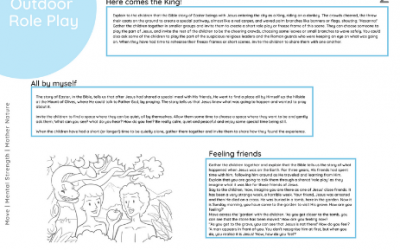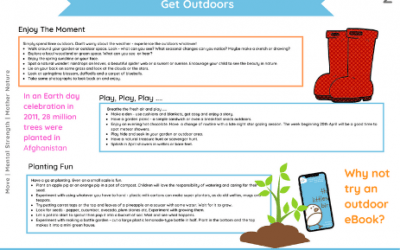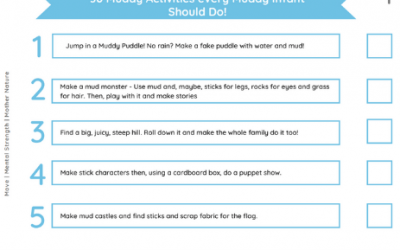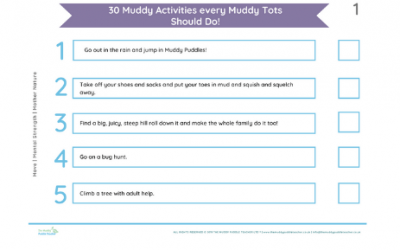Use this home learning pack to engage your baby with the joys of water and bubbles with these innovative ideas.
UKS2 Transition Ideas Pack
Sep 9, 2020
Use UKS2 Transition Ideas Pack to help your class settle into a new year group The Muddy Puddle Teacher way!
World Tiger Day KS2
Sep 9, 2020
Use World Tiger Day KS2 to embrace all that is wonderful about Tigers. From outdoor art to poetry this pack has all the muddy puddle fun you need!
*FRee*Outdoor Learning Dates Poster
Sep 6, 2020
Join in with some Outdoor Learning Days to keep the momentum going and have this Outdoor Learning Dates Poster 20/21...
Outdoor Learning Parent Safety Information Sheet
Sep 4, 2020
Use our Outdoor Learning Parent Safety Information Sheet to help update your parents on safe, fun routines when out and about.
Outdoor Learning Parent Consent Form
Sep 4, 2020
Use our Parent Consent Form to inform and get permission from parents to use our much loved outdoor learning approach.
Outdoor Learning COVID Support Pack
Sep 2, 2020
Let us help with our Outdoor Learning COVID Support Pack to give you guidance and reassurance of best practice when outside.
Letter to Parents – Welcome to MPT
Sep 2, 2020
Use Letter to parents - Welcome to MPT to inform parents of your move to a more muddy and merry curriculum. Our muddy...
*FREE* Learning – Maths Hot Tub Learning
Sep 2, 2020
Use learning Ideas for the Hot Tub and watch how fun learning can be done when done the Muddy Way. Ideal for parents at home.
KS2 Easter Art
Jul 23, 2020
Encourage those budding artists to take their art outside using natural resources. Use Easter ART KS2 to get creative with Easter.
KS1 Creation story
Jul 23, 2020
Why not try Outdoor Learning Creation Story to get your RE lessons more active, outside, muddy and messy! This pack is full of innovative ideas you will not get anywhere else!
EYFS Earth Day
Jul 23, 2020
Earth Day EYFS
EYFS Superhero Day
Jul 23, 2020
Superhero Day EYFS
30 KS1 Outdoor Activities
Jul 22, 2020
Use 30 Muddy Infants Activities to get your infant outside doing all the things kids should be doing and making memories.
30 Tots Outdoor Learning Activities (Home or Nursery pack)
Jul 17, 2020
Use 30 Muddy Tot Activities to tick off daily activities that will take you and your tots outside, making memories and learning.
Outdoor Progress Tracker (whole school)
Jul 17, 2020
Progress Tracker – all ages
Outdoor Sample Lesson Plan – Planning
Jul 17, 2020
Sample Lesson Plan – Planning
Outdoor care plan (Individual and SEND)
Jul 17, 2020
Outdoor care plan
New In
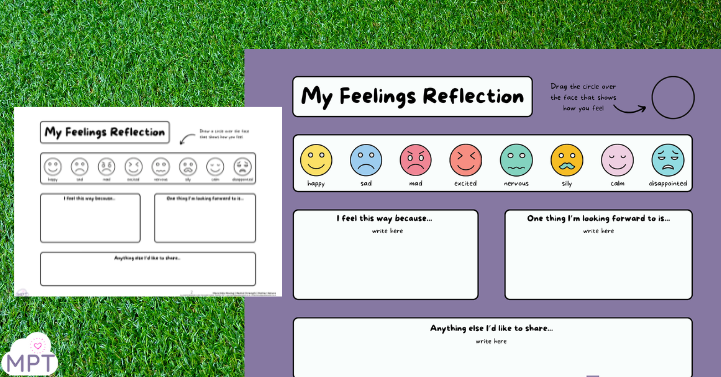
Feelings Reflection Sheet
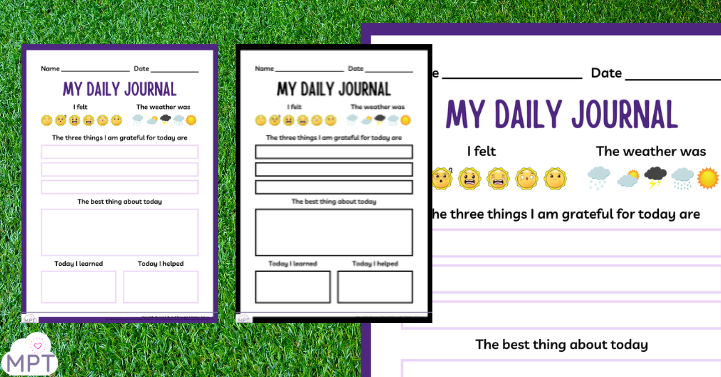
Daily Journal SEND
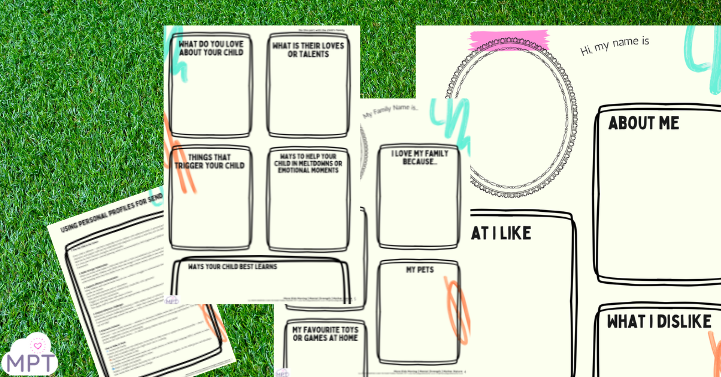
One-Page Profiles for SEND
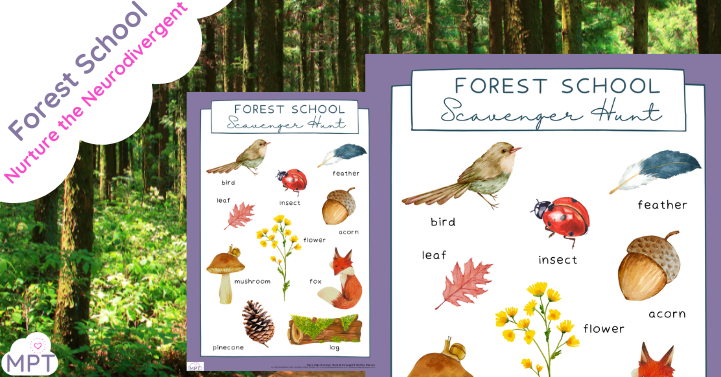
Forest School Scavenger Hunt
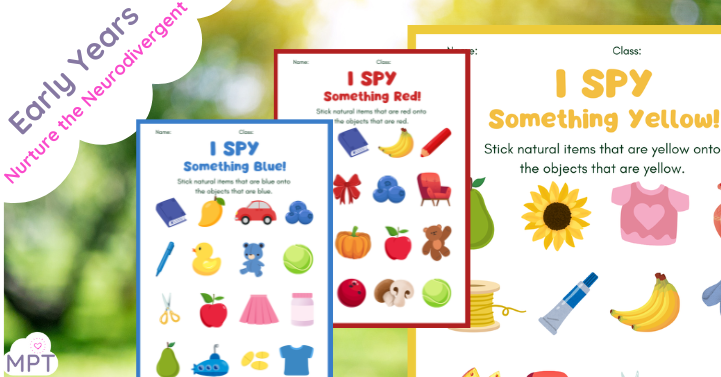
Outdoor Learning Colour I Spy
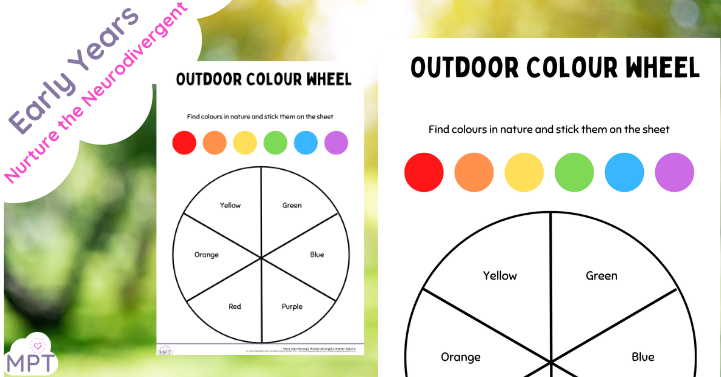
Outdoor Learning Colour Wheel

Outdoor Learning Colour Scavenger Hunt
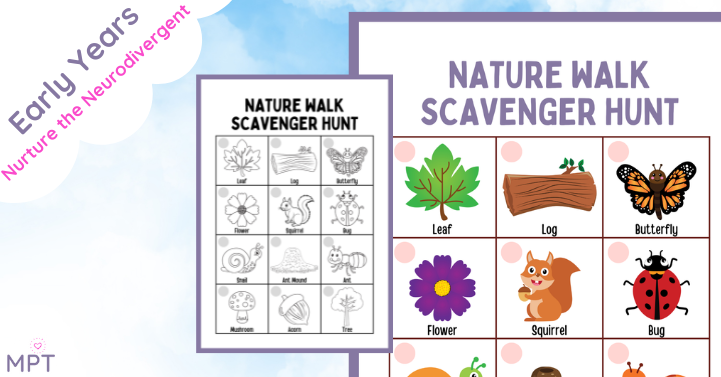
Outdoor Learning Scavenger Hunt (Toddlers)
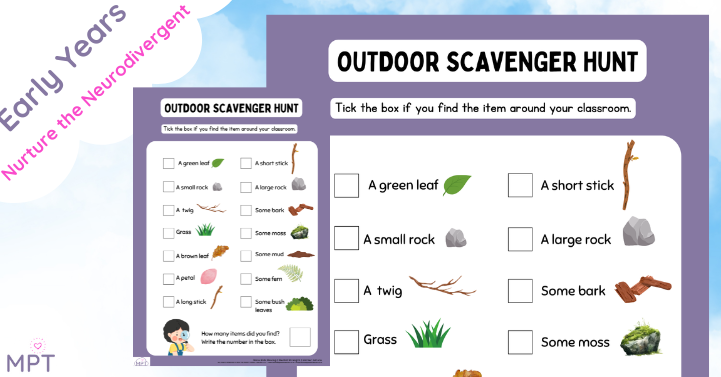
Outdoor Learning Scavenger Hunt
